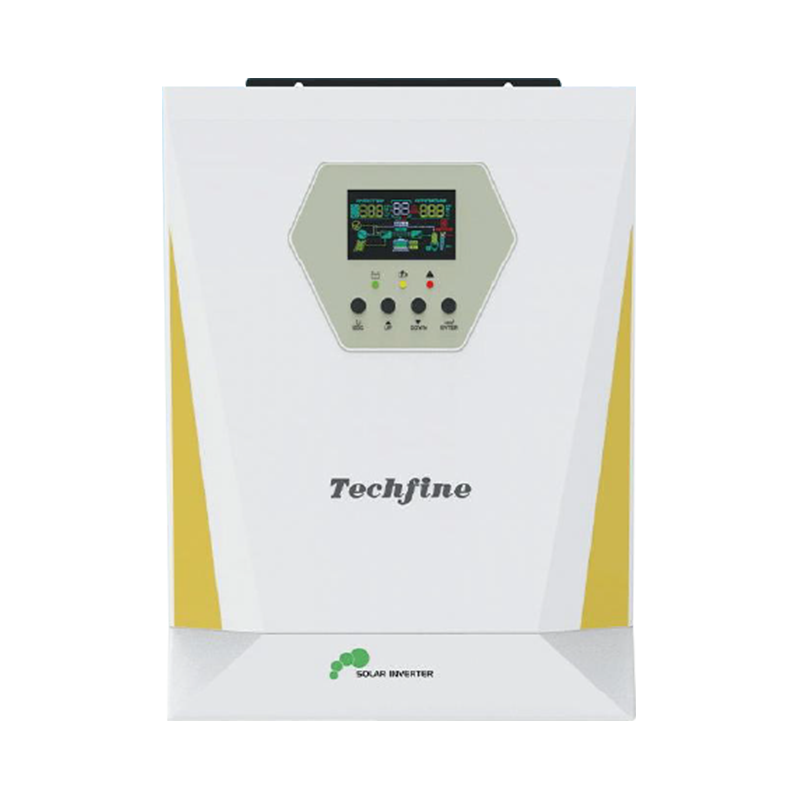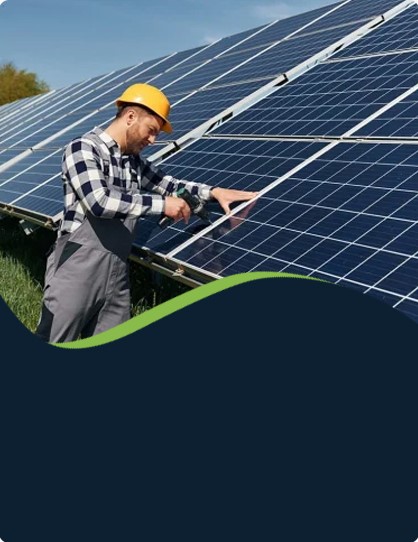
-
[email protected]

-
Building 1, No. 21 Shengfa Road, Lucheng District, Wenzhou, Zhejiang, China


The rapid growth of solar energy installations worldwide has elevated the importance of on-grid inverters as critical components in renewable energy systems. These sophisticated devices convert the direct current (DC) electricity generated by solar panels into alternating current (AC) that can be fed directly into the utility grid. As solar technology advances, on-grid inverters have evolved to become more efficient, intelligent, and reliable, playing a central role in big the value of photovoltaic systems.
Modern on-grid inverters achieve conversion efficiencies exceeding 98%, ensuring small energy loss during the DC-to-AC transformation process. This high efficiency translates directly into greater financial returns for system owners by big the amount of solar energy delivered to the grid. The latest generation of on-grid inverters incorporates up to power point tracking (MPPT) technology that continuously optimizes performance, adjusting to changing weather conditions and panel characteristics to extract the up to available power from solar arrays throughout the day.
Safety remains a paramount concern in on-grid inverter design and operation. These devices incorporate multiple protection mechanisms that automatically disconnect from the grid during power outages, preventing dangerous backfeeding situations that could endanger utility workers. Advanced on-grid inverters now include arc fault detection and rapid shutdown capabilities that meet stringent electrical safety standards. Many models feature comprehensive monitoring systems that provide real-time performance data and alert operators to any operational anomalies or maintenance requirements.
The integration capabilities of contemporary on-grid inverters have expanded significantly. Smart on-grid inverters can communicate with utility grids to provide voltage regulation and frequency stabilization services, helping to maintain grid stability as renewable penetration increases. Some advanced models support reactive power control, allowing solar installations to assist with power factor correction in local distribution networks. These grid-support functions demonstrate how modern on-grid inverters have evolved from simple conversion devices to active participants in grid management.
Technological advancements have reduced the physical footprint and weight of on-grid inverters while increasing their power handling capacity. Newer designs utilize innovative cooling techniques and compact component arrangements that allow for higher power densities. Some on-grid inverters now incorporate hybrid functionality, enabling future battery storage integration without requiring complete system replacement. This forward-looking design approach provides system owners with greater flexibility as their energy needs evolve over time.
The market offers various on-grid inverter configurations to suit different installation requirements. Central on-grid inverters remain popular for large-scale solar farms, while string inverters dominate commercial and residential applications. Emerging micro on-grid inverter designs attach directly to individual solar panels, offering module-level optimization and simplified system design. Each on-grid inverter type presents distinct advantages depending on system size, shading conditions, and monitoring preferences.
Monitoring and control capabilities have become standard features in modern on-grid inverters. lots of models now include wireless connectivity options that allow system owners to track performance through smartphone apps or web portals. Sophisticated on-grid inverters can provide detailed analytics about energy production, identify underperforming system components, and even predict maintenance needs based on operational trends.
The future of on-grid inverter technology appears promising, with ongoing research focused on improving reliability, functionality, and cost-effectiveness. Emerging developments include the integration of artificial intelligence for predictive maintenance and performance optimization, as well as the incorporation of blockchain technology for peer-to-peer energy trading capabilities. As solar energy continues its global expansion, on-grid inverters will remain essential components that bridge the gap between renewable generation and conventional power infrastructure.
Your email address will not be published. Required field are marked*
